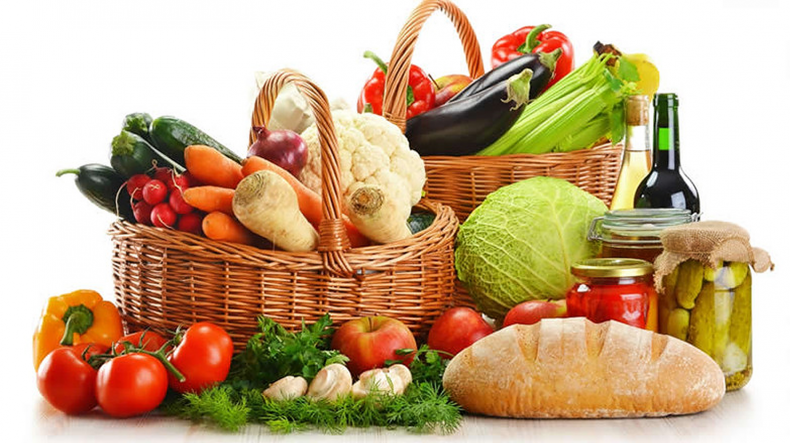
World food price index dips in October
The benchmark for world food commodity prices declined moderately in October, down by 0.5 percent from September with the index for dairy products the only one to rise, the Food and Agriculture Organization of the United Nations (FAO) reported Friday.
The FAO Food Price Index, which tracks monthly changes in the international prices of a set of globally-traded food commodities, averaged 120.6 points in October, down 10.9 percent from its corresponding value a year earlier.
The FAO Cereal Price Index declined by 1.0 percent from the previous month. International rice prices dropped by 2.0 percent amid generally passive global import demand, while those of wheat dropped by 1.9 percent, weighed on by strong supplies from the United States of America and strong competition among exporters. By contrast, quotations for coarse grains rose slightly, led by maize due to thinning supplies in Argentina.
The FAO Vegetable Oil Price Index decreased by 0.7 percent from September, as lower world palm oil prices, due to seasonally higher outputs and subdued global import demand, more than offset higher prices for soy, sunflower and rapeseed oils. Soy oil prices rose owing to a robust demand from the biodiesel sector.
The FAO Sugar Price Index declined by 2.2 percent but remained 46.6 percent above its year-earlier level. The October decline was mainly driven by a strong pace of production in Brazil, although concerns over a tighter global supply outlook in the year ahead capped the drop.
The FAO Meat Price Index declined by 0.6 percent, as sluggish import demand especially from East Asia led to a fall in the international prices of pig meat, more than offsetting marginal increases in the prices of poultry, bovine and ovine meats.
In a contrasting trend, the FAO Dairy Price Index rose by 2.2 percent in October, ending a nine-month decline. World milk powder prices rose the most on the back of surging import demand for both near and longer-term supplies as well as some uncertainty over the impact of the El Niño weather conditions on the upcoming milk production in Oceania.
More details are available here.
Newsfeed
Videos






























